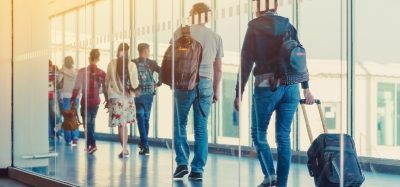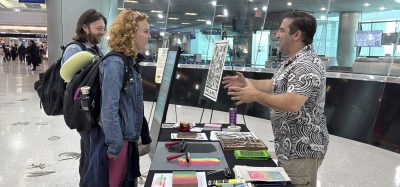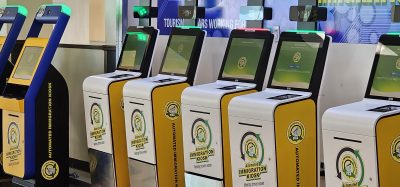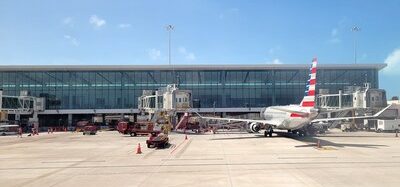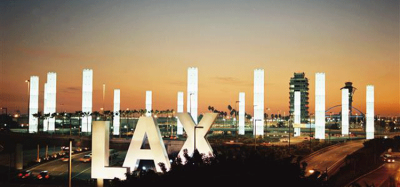AAA survey finds strong demand for Australian domestic air travel
Posted: 19 May 2021 | International Airport Review | No comments yet
The survey conducted by AAA found that the Australian government’s Tourism Aviation Network Support programme has succeeded in increasing demand for domestic air travel.
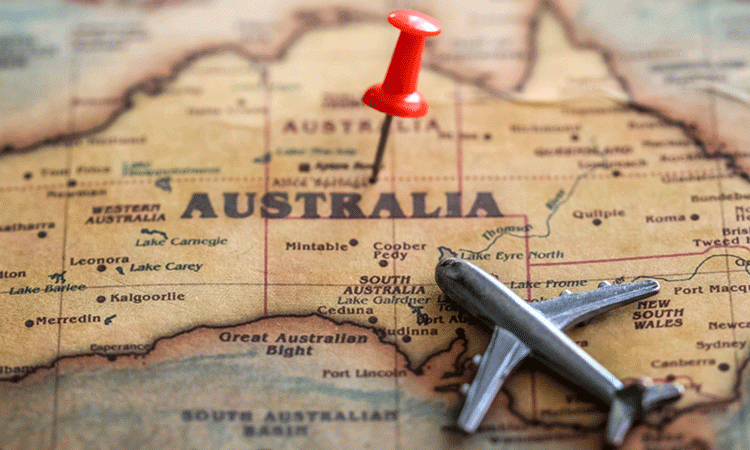

Half of Australian travellers have said that the federal government’s subsidised airfare programme, launched in April 2021, has increased their likelihood of booking a flight, according to new research commissioned by the Australian Airports Association (AAA).
Additionally, the survey of 500 people who have travelled by air in the past five years found that 70 per cent would change their existing travel plans from an unsubsidised to a subsidised destination.
The Australian Airports Association’s Chief Executive, James Goodwin, said that the consumer research showed that the funding initiative has worked and has urged the government to consider extending the programme after the initial 800,000 seats have been sold.
“The Tourism Aviation Network Support (TANS) programme has helped to fill aircraft seats and has significantly increased foot traffic through many of the nation’s airports, which continue to do it tough due to snap border closures and next to no international air travel,” Goodwin said.
He added: “Given the success of the programme, the government should consult with the tourism and aviation sectors and consider extending the half-price tickets to other destinations, many of which missed out on the first round of the programme. Our consumer research found that around three in four people whose savings have increased during the pandemic are planning on spending these extra funds on domestic travel, which means that the demand is there.”
The main reason that people are travelling via aircraft is to visit family and friends (48 per cent) or go on a holiday (43 per cent), with business travel accounting for just 33 per cent.
“It’s time to get back to business,” Goodwin said. “Online meetings served a purpose at the height of the pandemic, but nothing beats seeing your colleagues, stakeholders or business partners in person. Heading back to the major cities for work via our airports will help to fill CBD hotels and provide a major boost to cafes and restaurants, which are reeling from thousands of people still working from home.”
Despite being almost halfway through 2021, the risk of sudden state and territory border closures is still the greatest barrier to interstate travel, with 61 per cent of respondents saying that the issue has hindered their willingness to cross borders. This is up from 52 per cent when the same question was asked in December 2020.
Around two in three of those who took the survey said that they would fly to New Zealand under the Trans-Tasman Safe Travel Zone, and almost 80 per cent of regular travellers said that they would like to see more international travel bubbles put in place with countries where the occurrence of COVID-19 is low.
“Our research suggests that there is high-level support among the travelling public for a cautious and planned approach to broadening the scope for international travel,” Goodwin explained. “The top priority is to keep Australians safe, but people also want to reconnect with family and friends and the economy. Airports remain ready to work with the Australian government and facilitate more international travel when it’s safe to do so, so that we can bring more Australians home from overseas and slowly reopen our nation to the world.”
The survey was conducted at the end of April 2021 and completed by a sample of 500 Australians who have travelled by air (domestically and internationally) over the past five years.
Stay Connected with International Airport Review — Subscribe for Free!
Get exclusive access to the latest airport and aviation industry insights from International Airport Review — tailored to your interests.
✅ Expert-Led Webinars – Gain insights from global aviation leaders
✅ Weekly News & Reports – Airport innovation, thought leadership, and industry trends
✅ Exclusive Industry Insights – Discover cutting-edge technologies shaping the future of air travel
✅ International Airport Summit – Join our flagship event to network with industry leaders and explore the latest advancements
Choose the updates that matter most to you.
Sign up now to stay informed, inspired, and connected — all for free!
Thank you for being part of our aviation community. Let’s keep shaping the future of airports together!
Related topics
Aeronautical revenue, Airport crisis management, COVID-19, Economy, Passenger experience and seamless travel, Passenger volumes, Regulation and Legislation, Safety, Tourism
Related organisations
Australian Government, The Australian Airports Association (AAA)



